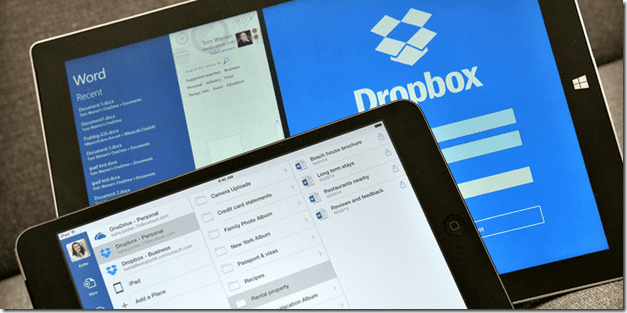The Importance of Telemetry on Productivity
I’m spending this week at the MVP Summit on the Microsoft campus in Redmond, Washington, networking with my fellow MVPs and learning more from the product teams about the future of Office365, SharePoint, Yammer, et al. While the content of these sessions are under NDA, one general trend that is clear over the past year has been a focus on improving end user productivity. With news like this morning’s partnership between MS Office and Dropbox, and increased support for iOS and Android devices, Microsoft is focusing more on fitting their tools and software into the way in which end users work rather focus all of their attention on changing how people work. All of this falls inline with CEO Satya Nadella’s strategy reset announcement at the Worldwide Partner Conference (#WPC14) in Washington DC this past July, when he stated that the company would be moving from devices+services toward productivity and platforms.
Productivity is not just about end user output – productivity actually has an overhead. In technology, it is generally true that the easier something is on the front-end, the more complex it is on the back-end. Looking back at my almost 25-year IT career, this has been true again and again. The more seamless and simple the user interface (designed to make the end user’s life easier) the more complex the management on the backend to hide the actual work necessary to make it all seem so automated. Thinking back to my time as a project manager in an IT organization for a very large telecommunications vendor, I remember having a discussion with my director about the demands of some of our end user groups and how the cost of one project was far exceeding the business value to the company (and yet I was told to continue, but that’s another story).
Nothing is ever as turn-key as the marketing magic that sold you on the solution — the marketing tends to focus on the ideal business scenarios, where all requirements are understood, and the planets are all in alignment.
Now, having said that, many enterprise applications have made huge strides in making the back-office as visually pleasing and easy to navigate as the front-end….as long as you stay within the boundaries of several defined use cases. Falling within this category are most Software-as-a-Service (SaaS) solutions, which solve some of the broadest customer problems very well and, to be fair, meet the needs of mainstream end users. The problem is not with the common user — but with the power users, who often test the boundaries of those use cases and SaaS limitations. They tend to adapt quickly to any app, system, or tool you hand them…and then come back wanting more. They want it to be faster, want it to cover more scenarios, providing more analytics and reporting, connecting with every conceivable data source, and so forth. Every system I’ve ever deployed has quickly been brought to its knees as these power users have learned to use the power of the platform, mastering its basic capabilities, and then stretching it beyond its initial design.
I’ve been than power user. In fact, I still am today. Going back through my history, I’ve “broken” programs. I’ve had technical support calls after trying to do some things that uncovered undocumented (or poorly documented) limitations of apps. For those who have worked with SharePoint for a few years, we all have stories of trying to take our systems beyond what we knew was possible, quickly outpacing the ability of our support team to keep up with our activities. We’ve asked for, and often received special permissions I’m sure everyone who counts themselves as part of the information worker community has experienced this. It’s what drives product companies. And then there’s the fact that our technology is getting better, faster, smaller – requiring changes to our apps so that they work better, faster, more efficiently. People inherently understand this, I think.
And yet somehow we think that managing all of our tools and systems is going to be out-of-the-box. I had a meeting with a lead engineer from the Microsoft Systems Center team, discussing some of the activities of his organization. He shared how Microsoft monitors reported issues and ranks them based on number of customers impacted and severity of impact (makes me think of that scene from Fight Club as the narrator shares the logic that decides whether his company, a major car company, launches a recall effort….but I digress), and then provides regular updates (daily, weekly, monthly) with hot fixes. The point is that their work is never done – it is an ongoing effort, identifying consumer issues and needs, fixing things, adding, finding new ways to do it better.
One of the other big announcements that Nadella made at WPC was the addition of analytics and telemetry personnel across just about every team at Microsoft. Microsoft is making telemetry a core aspect of all product and feature development, using internal usage data (dogfooding) and early adopter data to help them make better decisions about what to release, and how successful a new feature is out in the field. Measuring the gap between end user productivity and administrative effort to manage those end user activities becomes easier with this level of measurement. But its still a really hard thing for most organizations to accomplish.
[Image from TheVerge.com]





